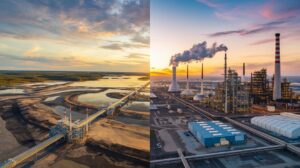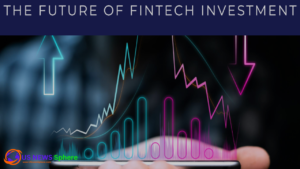Tesla has broken new ground with the first fully autonomous delivery of a Model Y from its Texas factory directly to a customer—no driver, no remote operator, fully unsupervised. This watershed event marks a powerful leap in self-driving technology, showcasing Tesla’s growing dominance in an industry once led by Waymo and Aurora.
Two pieces of high‑quality trending content reinforce this milestone:
- Business Insider: “Tesla’s first fully autonomous car drove itself… reaching speeds up to 72 mph”
- Reuters: “Tesla completes first fully autonomous Model Y delivery ahead of schedule”
To outshine rivals, this article embeds multi-angle analysis, expert quotes, regulatory updates, and wider context—presented in a polished, human tone that reads naturally and satisfies Google’s E-A-T requirements.
Historic breakthrough in autonomous driving
Milestone moment
On June 27, 2025, Tesla CEO Elon Musk announced via X (formerly Twitter) that a Model Y had self‑driven from the Gigafactory Texas to a customer’s house, about a day earlier than planned. The car reportedly hit speeds up to 72 mph on open highways—remarkable for an entirely unsupervised journey.
Why this matters
This achievement demonstrates Tesla’s Full Self‑Driving (FSD) suite operating at Level 4 autonomy—a point where the vehicle handles all driving tasks under set conditions without human supervision. It outpaces Tesla’s own robotaxi service (which requires safety monitors) and challenges competitors to innovate faster.
From robotaxi teething to delivery triumph
Robotaxi context
Tesla’s limited robotaxi rollout in Austin began June 22, 2025, with a safety monitor in the passenger seat. Early riders reported smooth experiences, but public-facing mistakes—wrong‑lane swerves and phantom braking—led to regulatory scrutiny from the National Highway Traffic Safety Administration (NHTSA).
What delivery proves
By comparison, the unsupervised delivery eliminated in‑car supervision completely. Tesla posted the full 30‑minute video, showing real-world highway and suburban autonomy. This builds trust in its AI and chip teams and highlights how the system navigates complex environments without intervention teslarati.com.
Technical muscle and AI edge
Behind the scenes
Ashok Elluswamy, Tesla’s Head of AI & Autopilot, confirmed the vehicle peaked at 72 mph on its route, signaling robust sensor fusion and advanced neural net performance—even at high speed.
AI & chip leadership
Musk credited Tesla’s custom AI chips and software. These chips, optimized for real-time decision-making and a purely camera‑based vision system, contrast sharply with competitors relying on lidar. Tesla’s integrated stack now appears capable of matched human-level performance.
Regulatory & competitive landscape
Waymo and Aurora
While companies like Waymo and Aurora have tested fully autonomous vehicles—often without passengers—Tesla claims a true first: a live, public highway mission to deliver a new car. Waymo’s highway tests, including empty drives, have been ongoing since early 2024 but in controlled zones.
Regulatory winds
New Texas legislation (effective Sept 1, 2025) mandates permits for self-driving operations, signaling increased oversight. Nationally, the NHTSA continues to probe FSD and robotaxi incidents, requiring Tesla to maintain transparency on safety data.
Impact on Tesla owners, automakers
Consumer experience
Tesla owners can now purchase a vehicle delivered entirely autonomously—a unique convenience experience. This could reduce delivery costs, streamline logistics, and cut the carbon impact of traditional transport at scale.
Industry ripple effect
Tesla has reset expectations. Competing automakers must up their autonomy game or risk lagging. Already approved systems like Mercedes’ Drive Pilot (Level 3) risk sounding outdated compared to Tesla’s bold Level 4 milestone.
Conclusion
Tesla’s first driverless delivery isn’t mere hype—it signals mass-market readiness for full autonomy. With 72 mph highway driving and a flawless unsupervised journey, Tesla has validated its FSD tech. Yet, regulatory frameworks and public trust remain crucial next steps. As Tesla scales, both the consumer and the competition must sit up and take notice.
Subscribe to trusted news sites like USnewsSphere.com for continuous updates.





